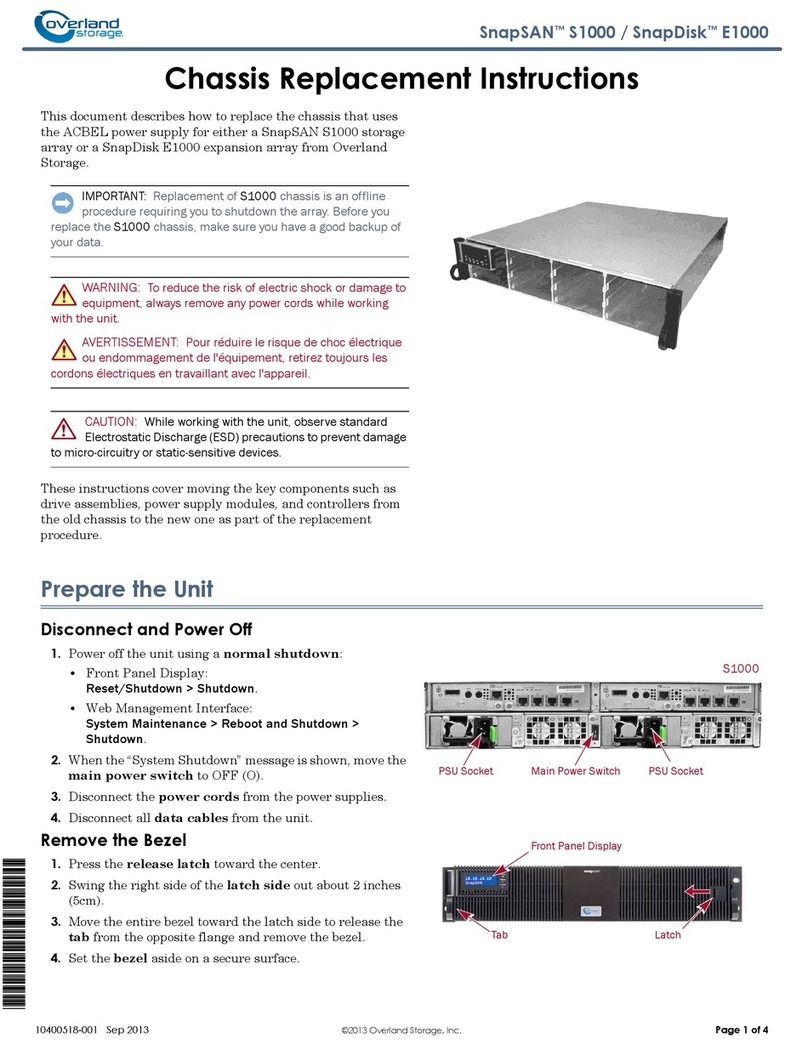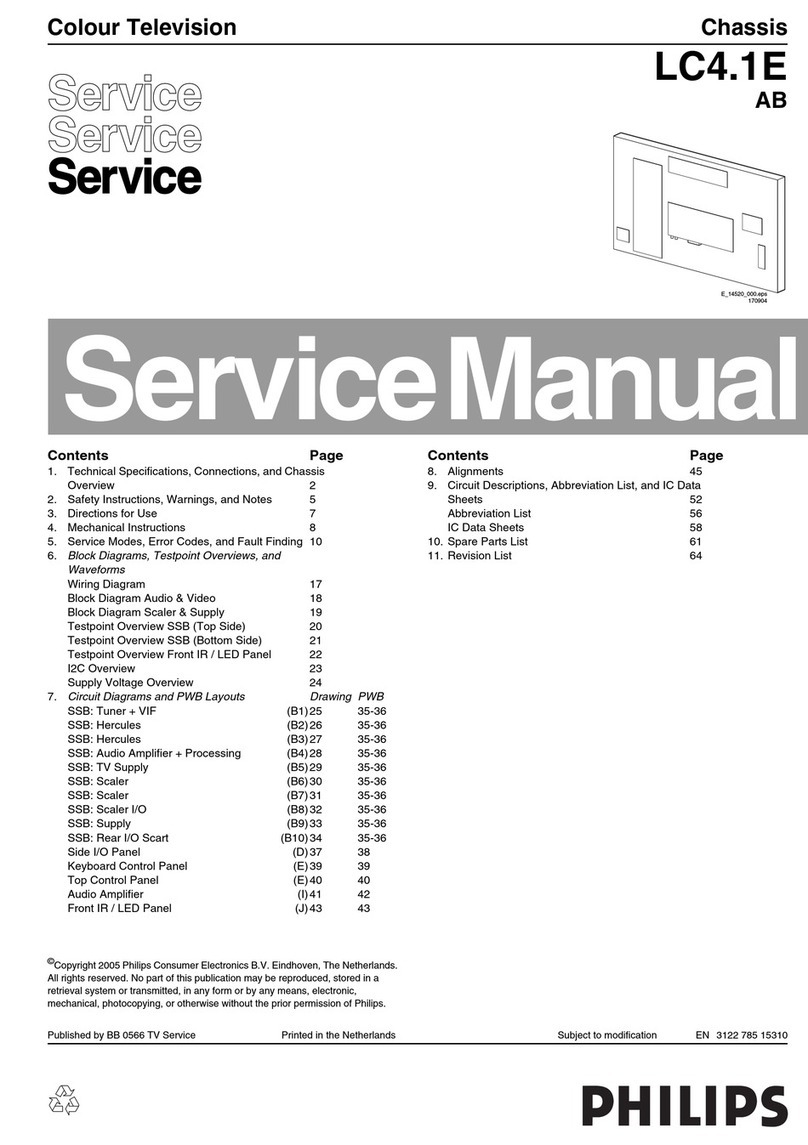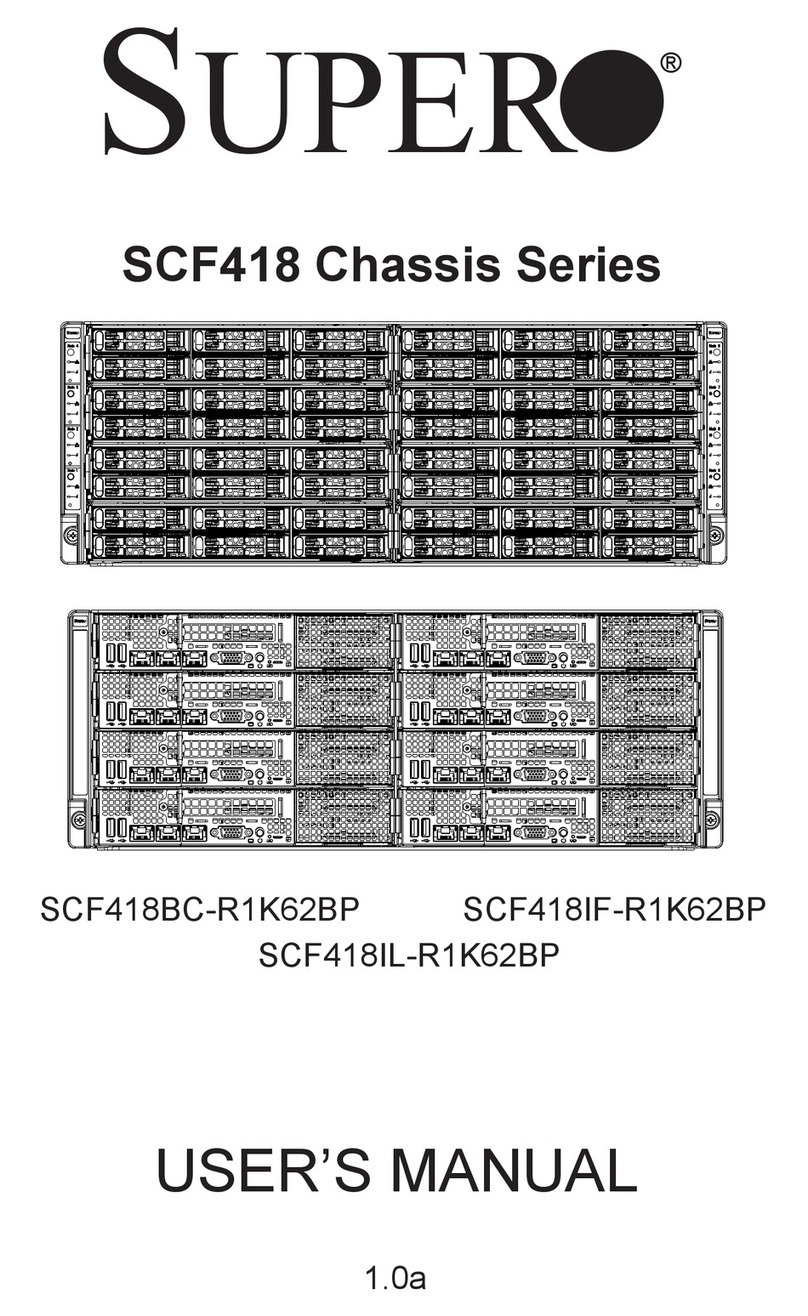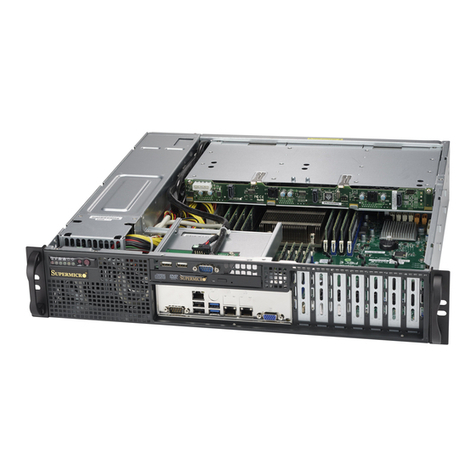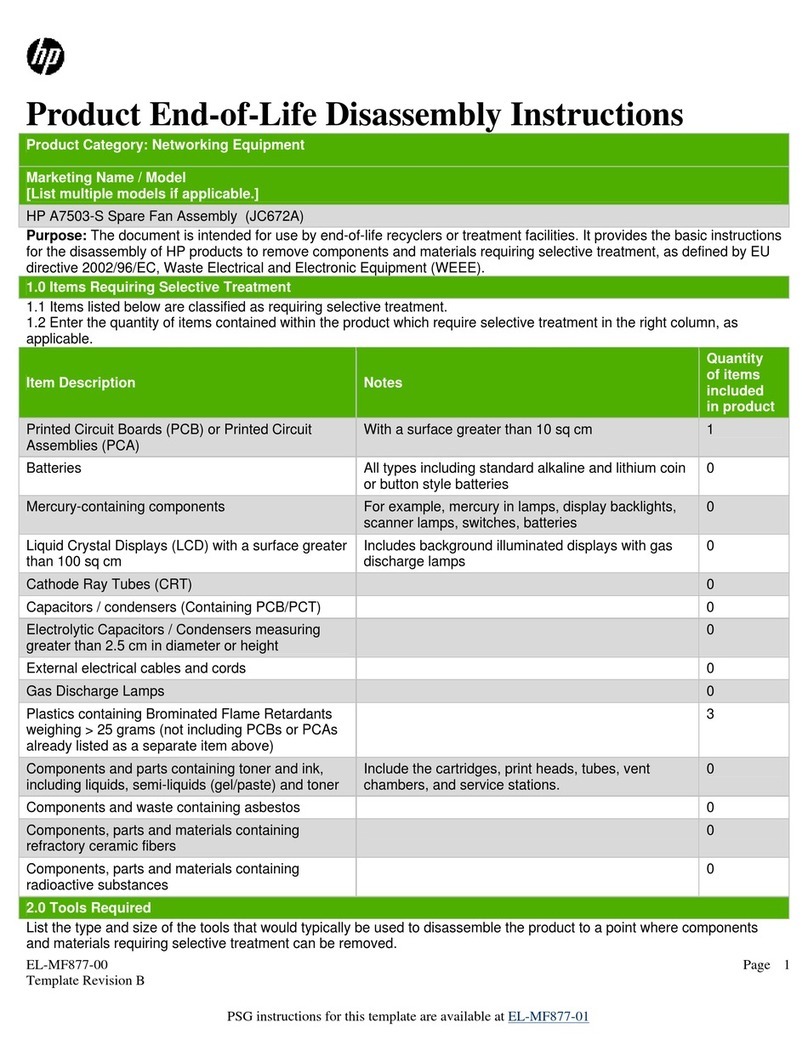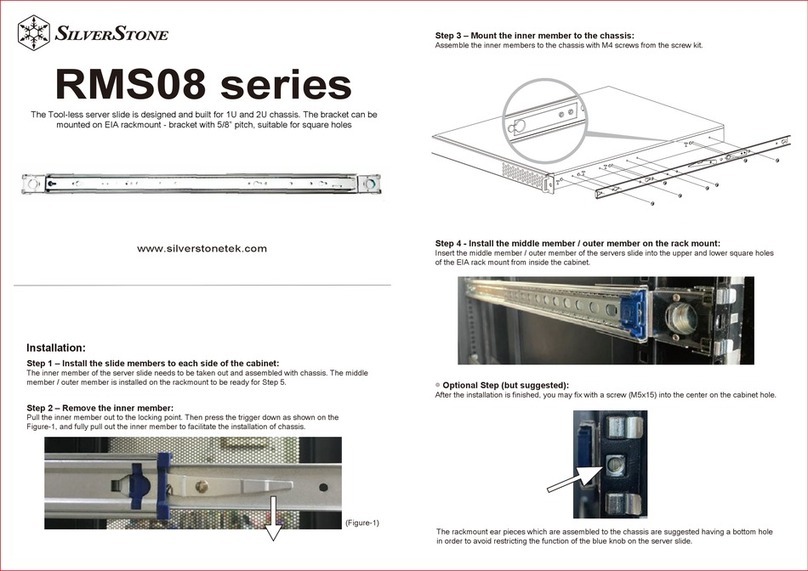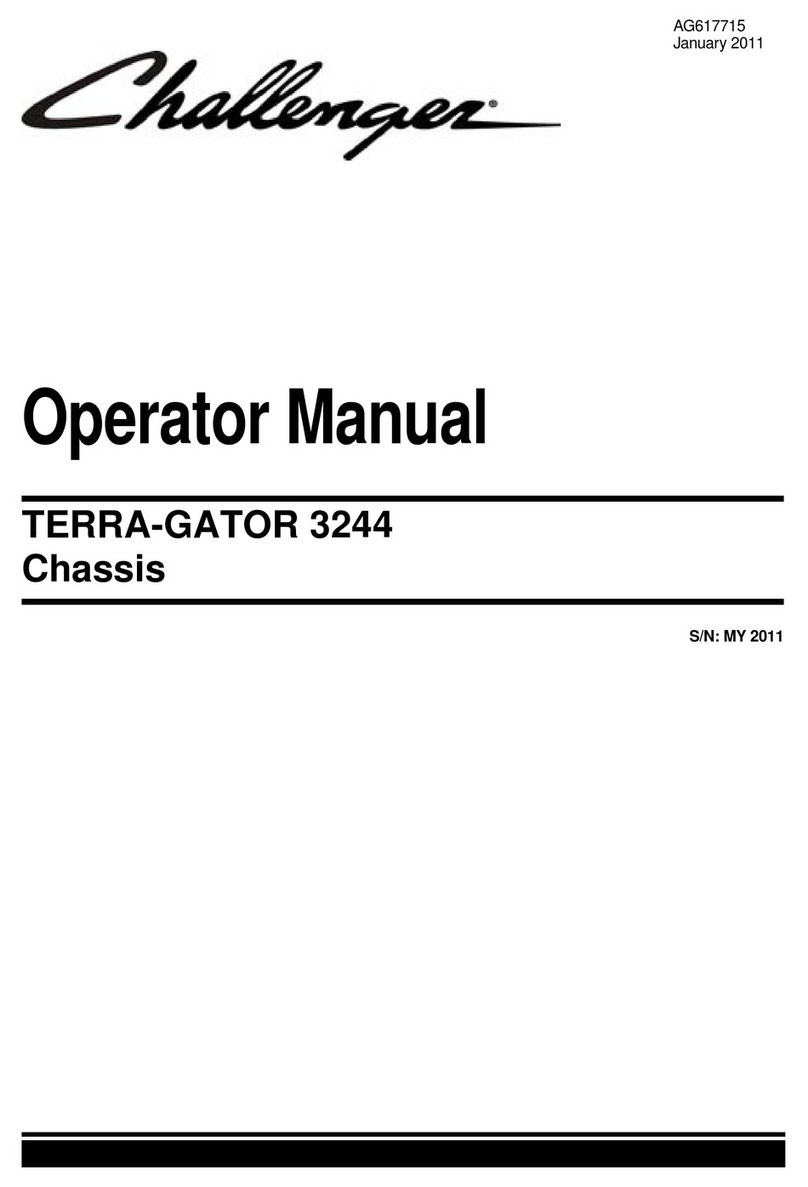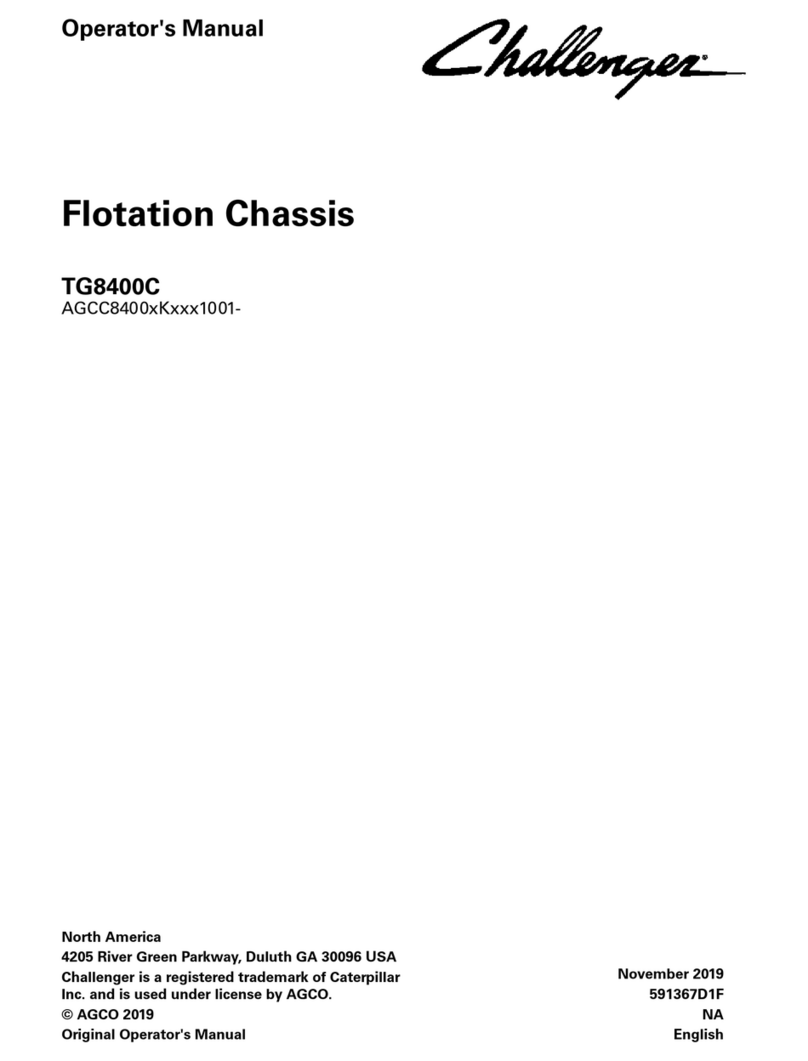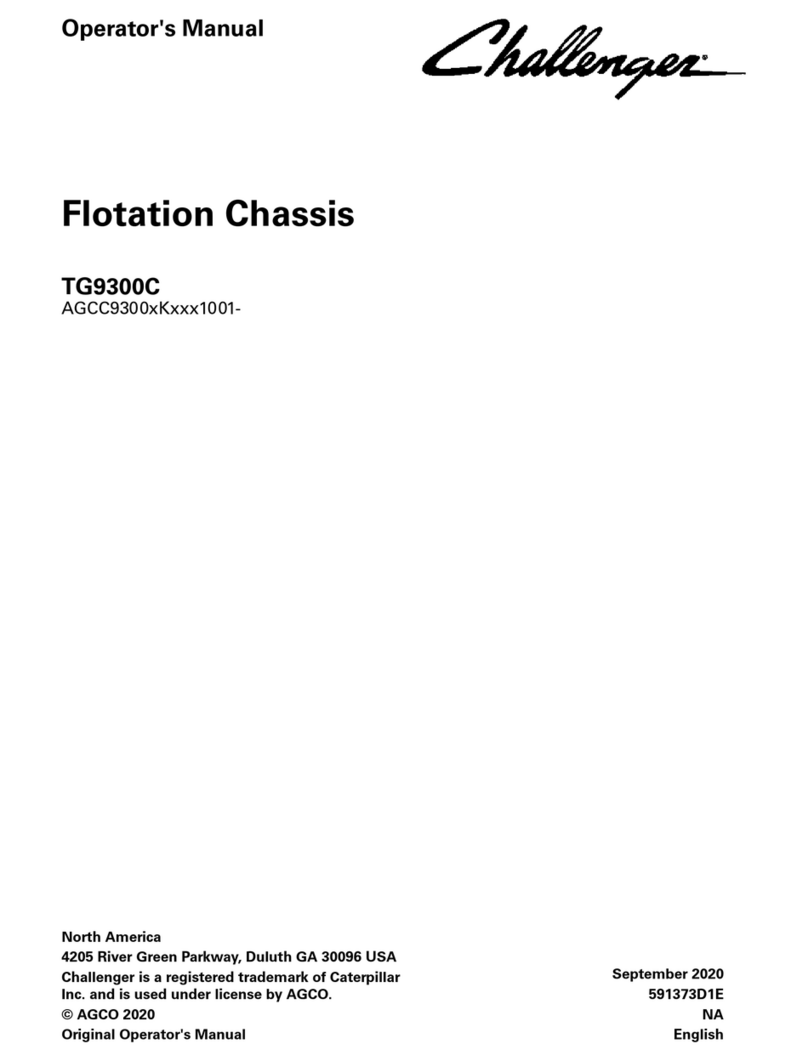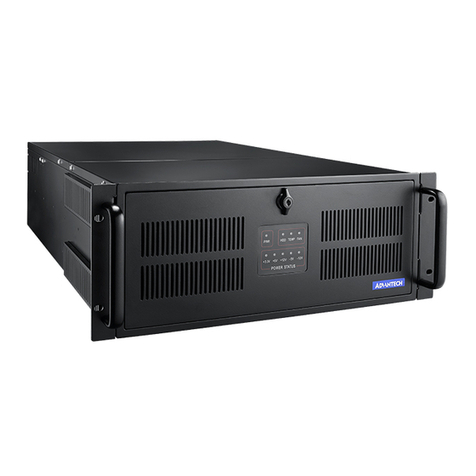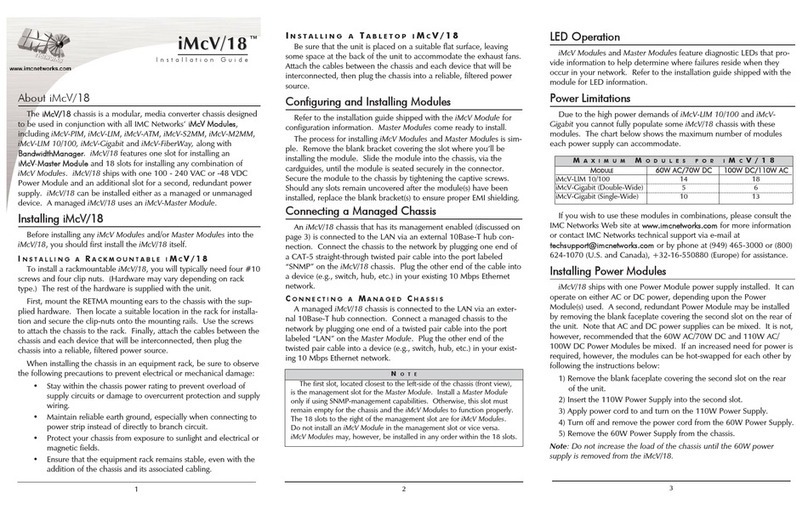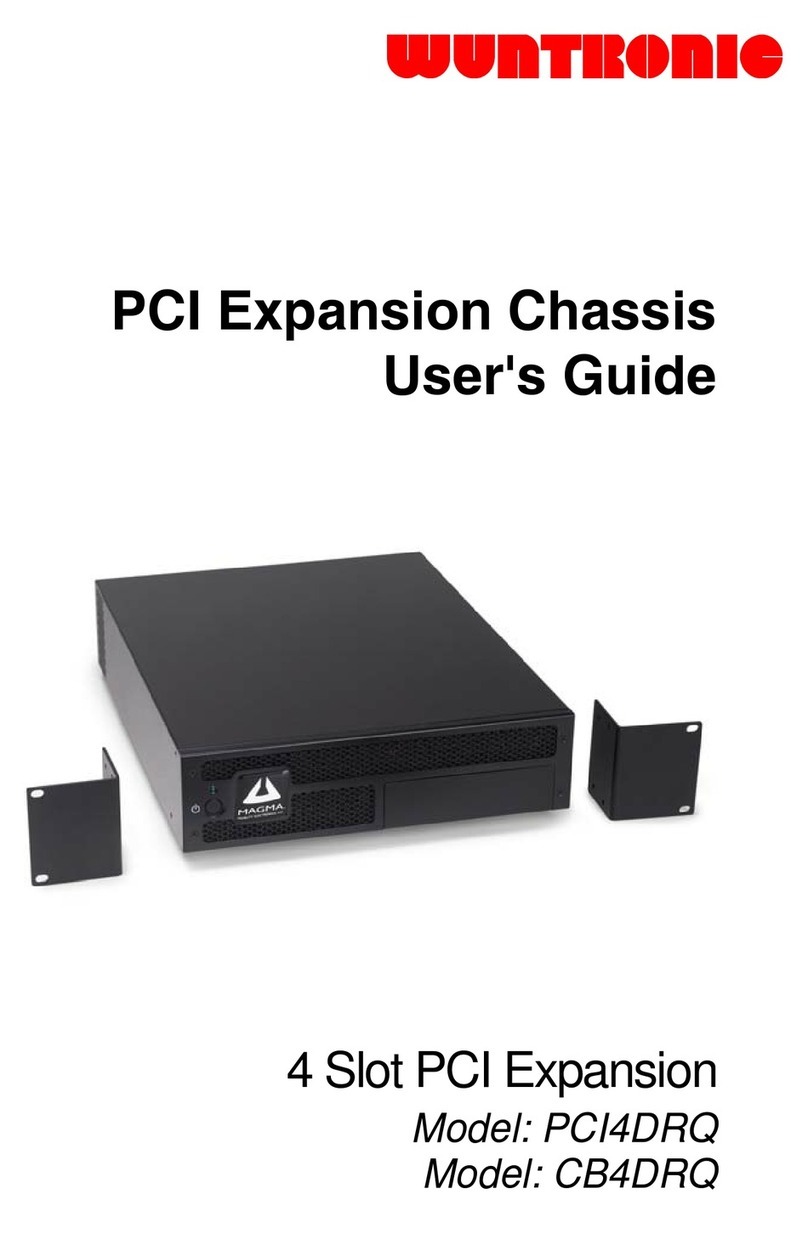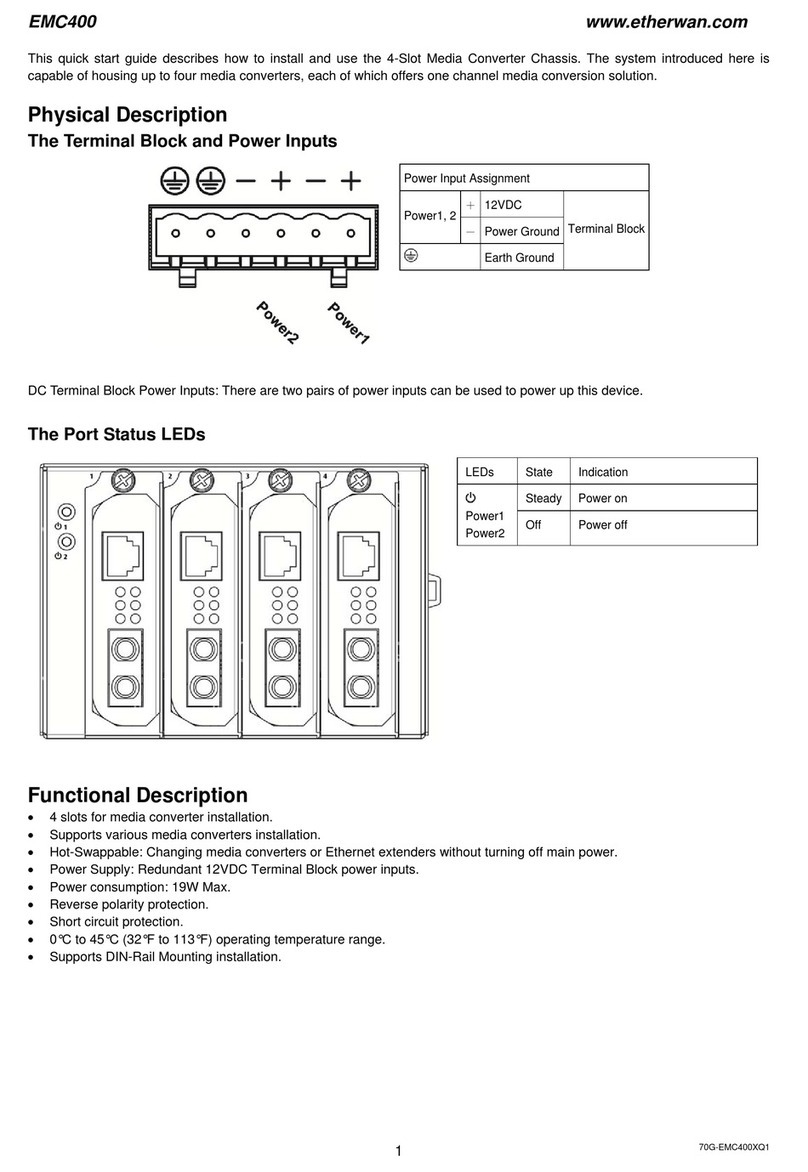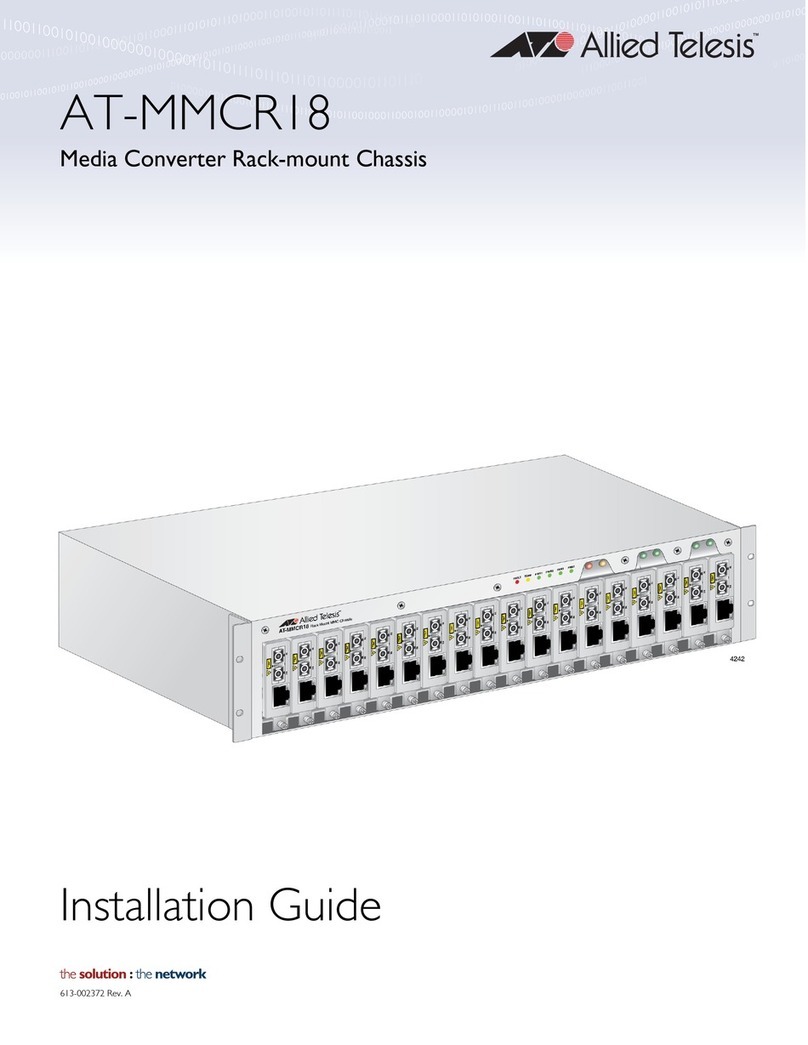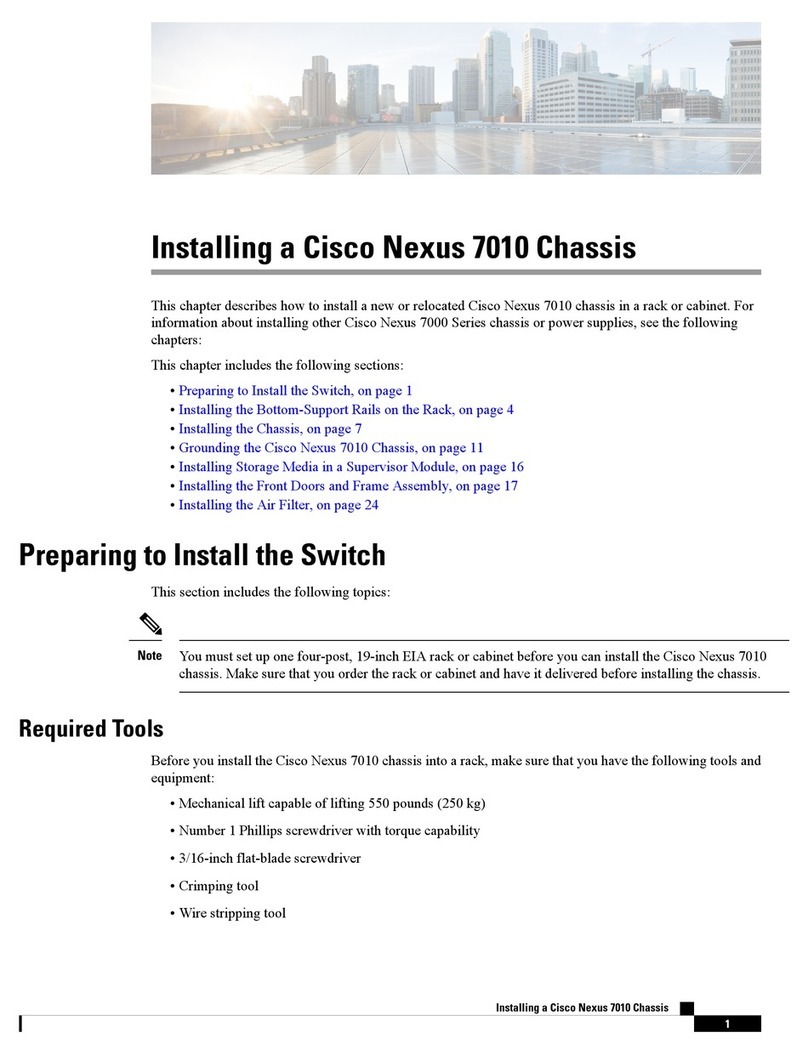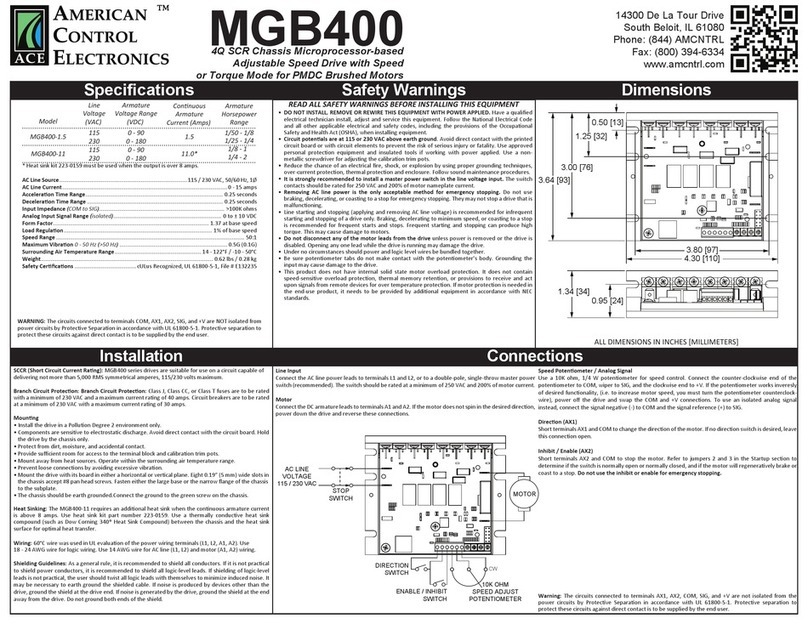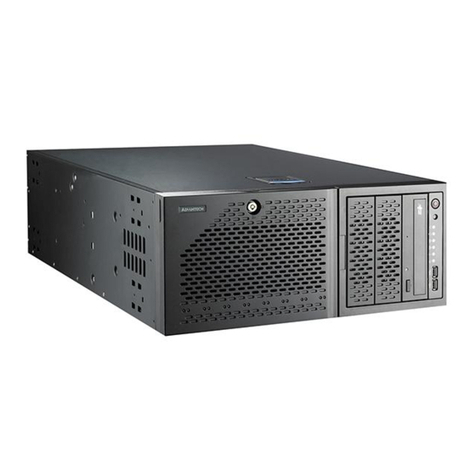
549687D1 E Rev A-5
SAFETY
IMPORTANT SAFETY INFORMATION
Most personal injuries occur during machine operation,
maintenance or repair are caused by failure to observe
basic safety rules and precautions. In most cases, an
injury can be avoided by recognizing hazardous
situations before an injury occurs.
Operator must be alert to potential hazards and have the
necessary training, skills and tools to perform these
functions properly.
mWARNING: Improper operation,
lubrication, maintenance or repair of
machine can be hazardous and could result
in injury or death.
Do not operate or perform any lubrication, maintenance
or repair on machine, until reading and understanding
operation, lubrication, maintenance and repair
information.
mWARNING: Safety precautions and
warnings are provided in this manual and
on machine. If these hazard warnings are
not heeded, bodily injury or death could
occur to operator or others.
Not every possible circumstance involving a potential
hazard can be anticipated. Warnings in this publication
and on machine are, therefore, not all inclusive. If a tool,
procedure, work method or operating technique not
specifically recommended is used, ensure it is safe for
operator and others.
Make sure machine will not be damaged or made unsafe
by lubrication, maintenance or repair procedures chosen.
Information, specifications, and illustrations in this
publication are on the basis of information available at the
time publication was written.
Specifications, torques, pressures, measurements,
adjustments, illustrations and other items can change at
any time. These changes can affect the service given to
the machine. Obtain complete and most current
information before starting any job. Local dealer has most
current information available.
mWARNING: When replacement parts are
required for this machine, AGCO
recommends using AGCO replacement
parts or parts with equivalent
specifications including, but not limited to,
physical dimensions, type, strength and
material. Failure to heed this warning can
lead to premature failures, product damage,
personal injury or death.
FOLLOW A SAFETY PROGRAM
Machine in operation is rugged and useful under a wide
variety of conditions which presents an operator with
hazards associated with off highway, rough terrain
applications. Machine has an internal combustion engine
with resultant heat and exhaust.
mWARNING: All exhaust gases can kill or
cause serious illness so machine must be
used with adequate ventilation.
The dealer demonstrates correct operation of the
machine according to instruction materials, which are
also available to operator. The dealer explains the
capabilities and restrictions of machine. The dealer can
also identify incorrect modifications or use of unapproved
attachments.
The following publications provide information on proper
use and maintenance of machine and attachments:
Delivery report is used to assure complete instructions to
new owner by dealer. Dealer and owner/operator should
review recommended uses of machine when delivered. If
owner/operator will be using machine for a different
application than was originally demonstrated by dealer,
ask dealer for recommendations on new use.
Operator’s manual delivered with machine gives
operating information as well as routine maintenance and
service procedures. It is part of the machine and must
stay with machine when sold. A replacement operator’s
manual can be ordered from local dealer.
Machine has safety signs, instructing on safe operation
and care. Signs and locations are shown in Operator’s
manual. Replacement signs are available from machine
dealer.
Machine Service manual and Parts manual are available
from dealer for use by mechanics to do service and repair
work.
Find manuals at https://best-manuals.com
